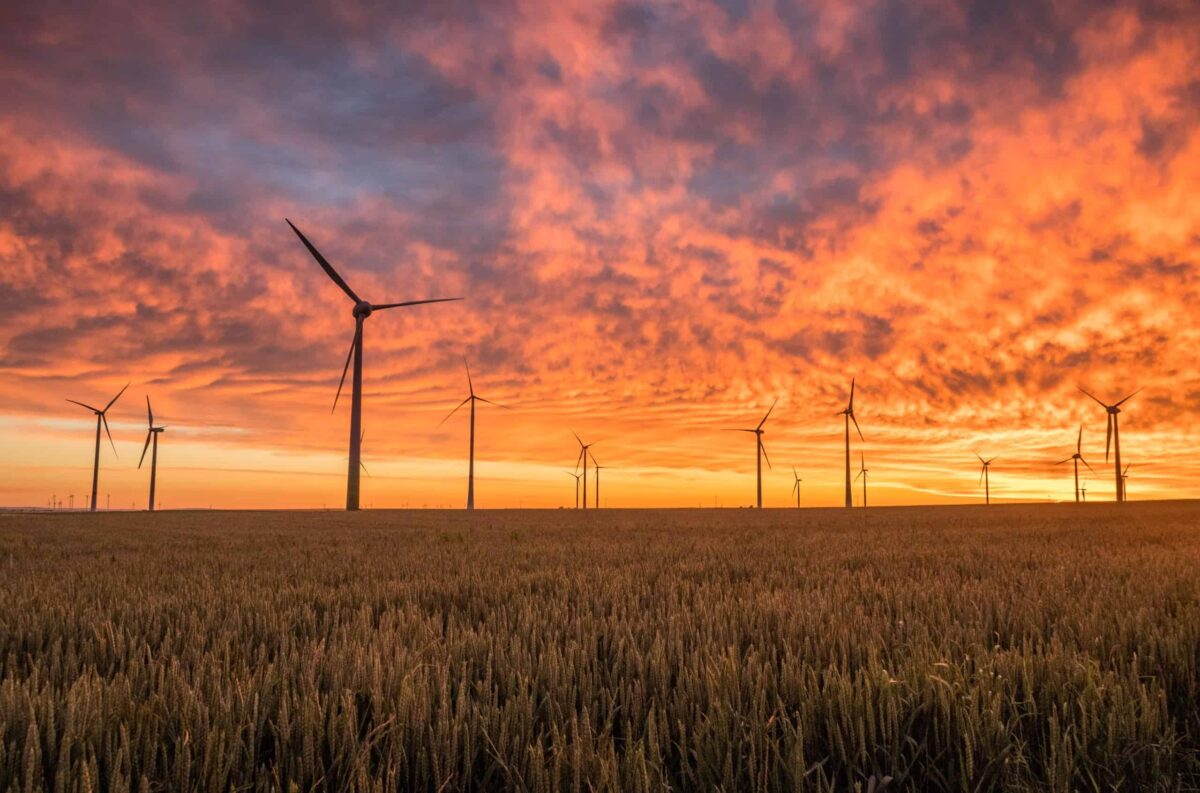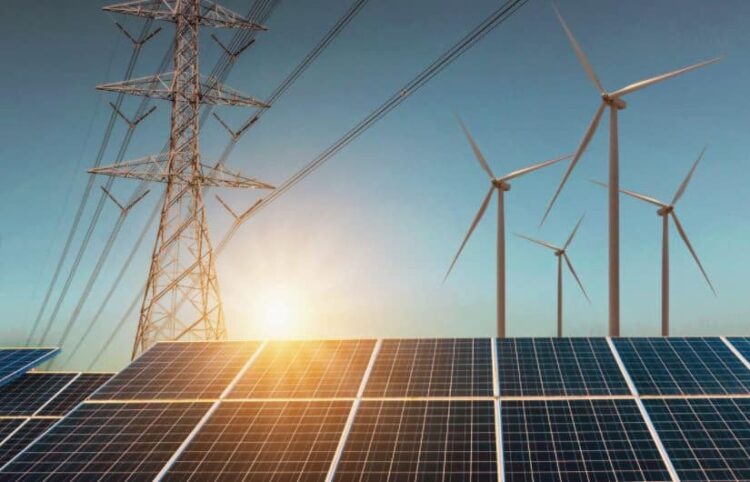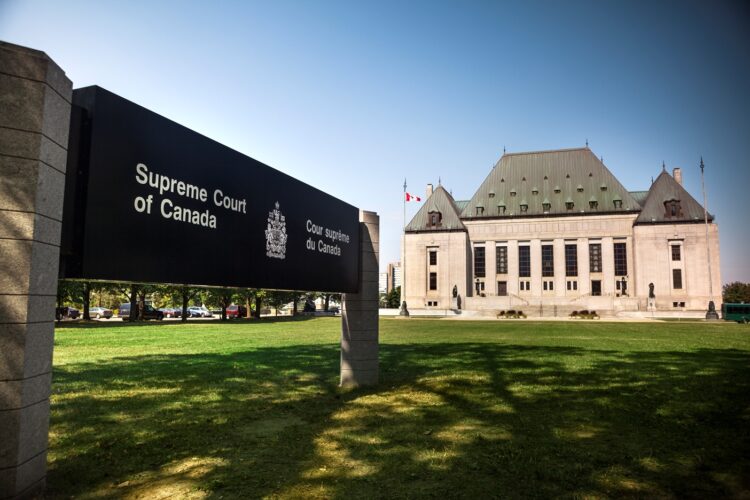Feds Tackle Climate Change, Mandatory ESG Disclosure in Latest Budget

Authors: Rangi Jeerakathil, Samina Ullah
The federal government outlined its plans for achieving net zero – and requiring big banks and other financial institutions to make climate-related financial disclosures – in its latest budget.
On April 7, the Government of Canada tabled Budget 2022, providing further details on a number of measures introduced in the feds’ 2030 Emissions Reduction Plan, which would see Canada slash its emissions 40 – 45% below 2005 levels by the year 2030.
The government’s lofty goals could have wide-ranging impacts on businesses in Western Canada, from companies in the oil and gas sector to heavy industry, agriculture and transportation. Here’s a look at some of the highlights from the latest budget.
Big Emitters Could Benefit from CCUS Tax Break
One of the government’s key strategies for reducing industrial emissions is carbon capture, utilization and storage (CCUS) technology. CCUS, which has been successfully deployed in Alberta and Saskatchewan, captures CO2 before it enters the atmosphere or removes it directly from the atmosphere and either stores the gas underground or uses it as an input in applications such as enhanced oil recovery projects.
In the federal budget, the Government of Canada announced a refundable investment tax credit for businesses that incur eligible CCUS expenses. Notably, enhanced oil recovery projects are not eligible for the tax credit, but projects that store CO2 underground or in concrete are eligible.
Businesses will receive tax credit rates of:
- 60% for investments in equipment to capture CO2 from the air
- 50% for investments in equipment to capture CO2 from other sources
- 5% for investments in equipment to transport, store and use CO2
These tax credits will be available for the 2022 tax year, so investments made this year will qualify. To incentivize businesses to act quickly, the government said it would reduce the tax credit rates by 50% for the period from 2031 through 2040.
The feds are also promising to invest $194 million to expand the Industrial Energy Management System to support ISO 50001 certification, energy managers, cohort-based training, audits and energy efficiency-focused retrofits for key small-to-moderate projects.
Mandatory Climate Disclosure Coming for Banks
In the budget, the government outlined its plan to require federally regulated financial institutions to begin reporting on climate-related financial risks in accordance with the Task Force on Climate-related Financial Disclosures (TCFD) framework.
Beginning this year, the Office of the Superintendent of Financial Institutions (OSFI) will consult with banks and other federally regulated financial institutions on climate disclosure guidelines that adhere to the TCFD framework. The goal is to gradually phase in reporting requirements for financial institutions beginning in 2024. Banks and other financial institutions will also be expected to collect climate risks and emissions from their clients. Learn more about mandatory climate disclosure from this blog.
The government said it plans to require federally regulated pension plans to disclose the environmental, social and corporate governance (ESG) considerations they use in their portfolio construction, including climate-related risks. The feds will also call on the Sustainable Finance Action Council – which consists of 25 of Canada’s largest financial institutions and pension funds – to begin reporting on strategies for aligning private sector capital with the transition to net-zero.
Increased Investment in Clean Agriculture
The budget included a $470-million investment in the Agricultural Climate Solutions: On-Farm Climate Action Fund to help farmers adopt sustainable practices such as rotational grazing, fertilizer management and cover crops.
The government will invest $330 million in the Agricultural Clean Technology Program to help farmers buy more energy-efficient equipment. The feds will spend $100 million to support post-secondary research into developing technologies and crop varieties that will allow for net-zero agriculture.
The budget also includes $150 million for a “resilient agricultural landscape program” to address carbon sequestration, adaptation and other environmental co-benefits with the provinces and territories.
Support for Renewable Energy Projects
The government will ramp up support for renewable energy projects with an additional $600 million in funding for the Smart Renewables and Electrification Pathways Program, which supports renewable electricity and grid modernization projects. The feds have also earmarked $250 million to support the predevelopment of large clean electricity projects with national significance, such as inter-provincial electricity transmission projects and small modular reactors (SMRs).
Additional support for SMRs will come from $69.9 million in funding to minimize the waste generated by reactors, support the creation of a fuel supply chain and bolster international nuclear cooperation agreements. A further $50.7 million will be allocated to the Canadian Nuclear Safety Commission to develop SMR regulations in harmony with global regulations.
The government is promising a $2.2-billion renewal in the Low Carbon Economy Fund, which has funded wind and solar power, as well as electric heating in buildings, in communities across Canada. The feds will allocate $32.2 million to the Low Carbon Economy Fund to support the development of the Atlin Hydro Expansion project in British Columbia, which will provide clean electricity to the Yukon.
Transforming Transportation
The feds have ambitious goals to reduce transportation emissions, including mandating that 100% of all light-duty vehicle sales and 35% of all medium- and heavy-duty vehicle (MHDV) sales be zero-emission vehicles (ZEVs) by the year 2035.
In the federal budget, the government promised $1.7 billion in funding for the Incentives for Zero-Emission Vehicles (iZEV) Program, which offers purchase incentives of up to $5,000 for eligible ZEVs. iZEV eligibility will also be expanded to include more vehicles.
The budget also includes $400 million in new spending on ZEV charging stations, and an additional $500 million for the Canada Infrastructure Bank to develop large-scale ZEV charging and fuelling stations to generate revenue in the public interest.
Also included in the government’s transportation plans are $547.5 million in funding for an MHDV purchase incentive program, $199.6 million to retrofit large trucks currently on the road, $2.2 million to support Greening Government fleet electrification commitments and $33.8 million for demonstration projects for long-haul, zero-emission trucks.
What Can You Do to Prepare?
The lawyers in the MLT Aikins Environmental, ESG and Energy practice groups will continue to report on the federal government’s plan to achieve net zero. In the meantime, we’ve developed an energy transition checklist for organizations to assess their current energy strategies to address climate change. Complete the checklist to determine your organization’s energy transition progress.
Note: This article is of a general nature only and is not exhaustive of all possible legal rights or remedies. In addition, laws may change over time and should be interpreted only in the context of particular circumstances such that these materials are not intended to be relied upon or taken as legal advice or opinion. Readers should consult a legal professional for specific advice in any particular situation.



